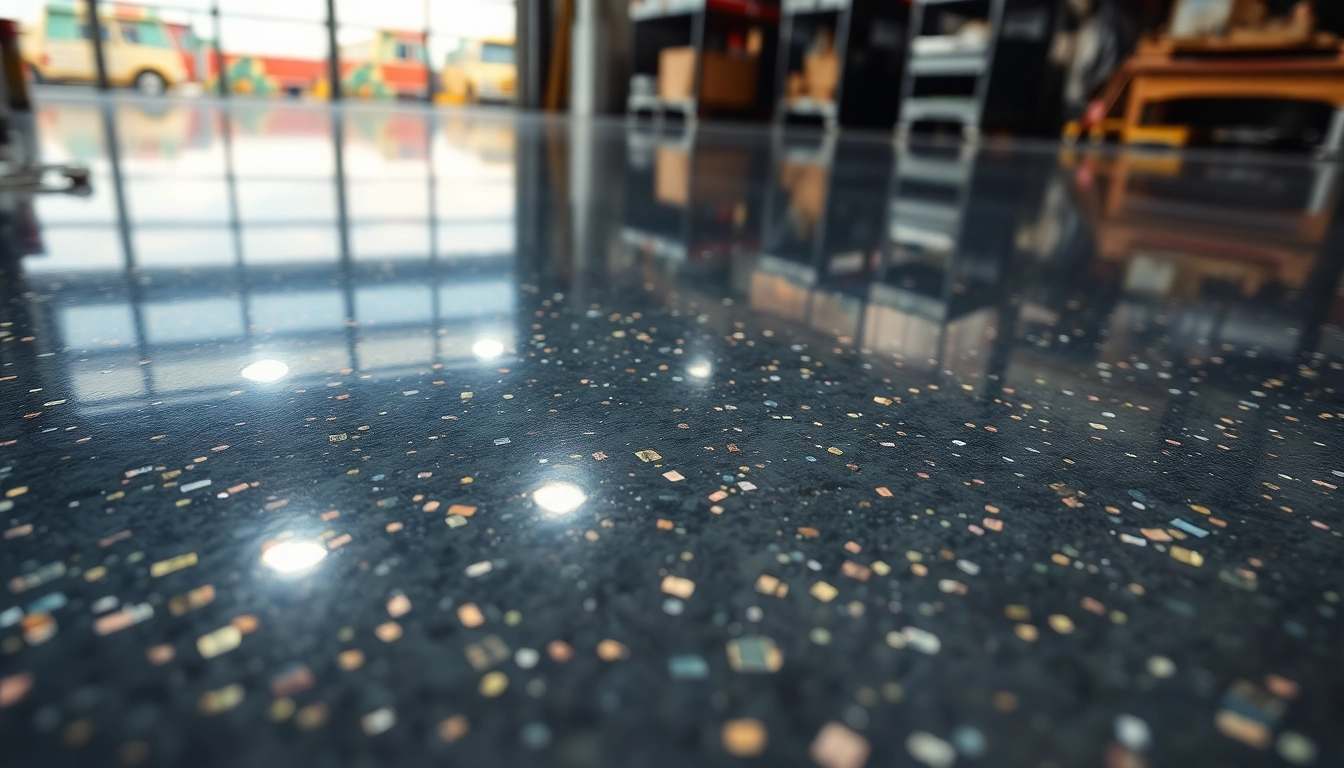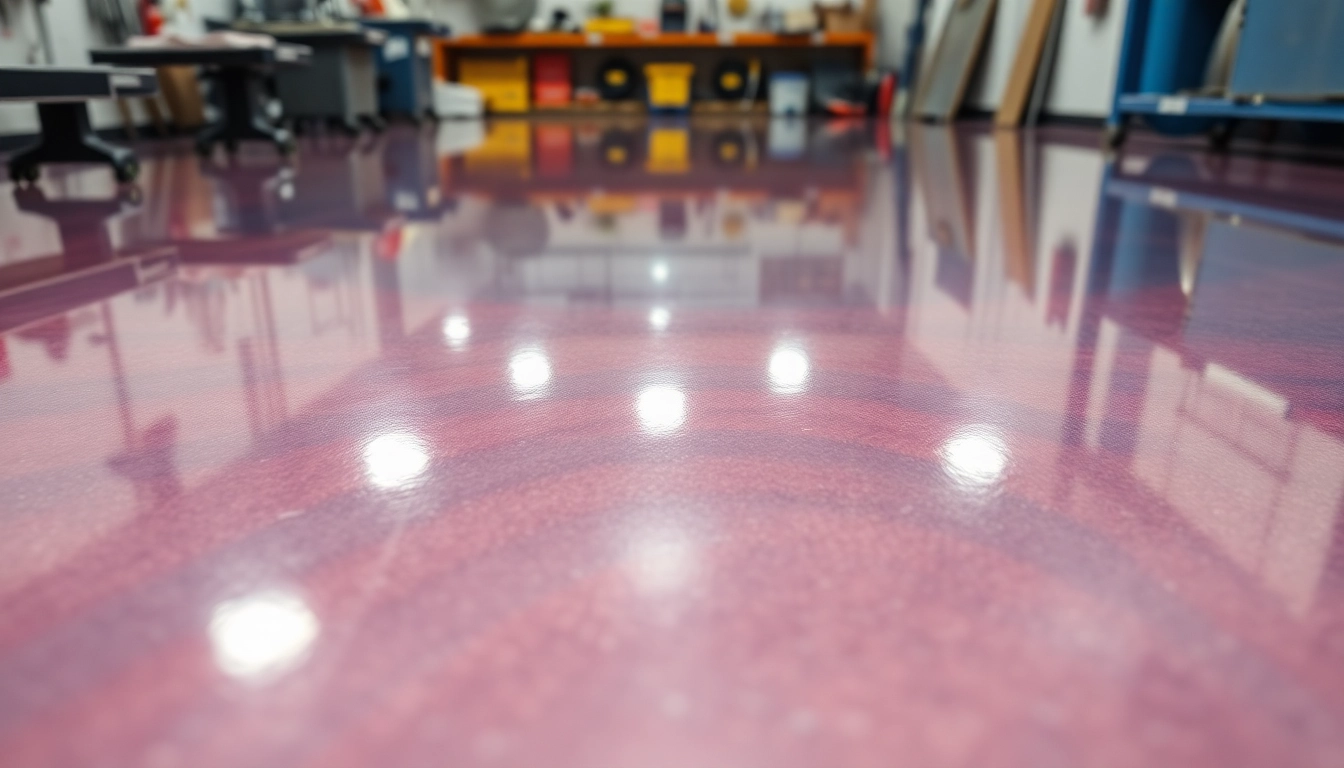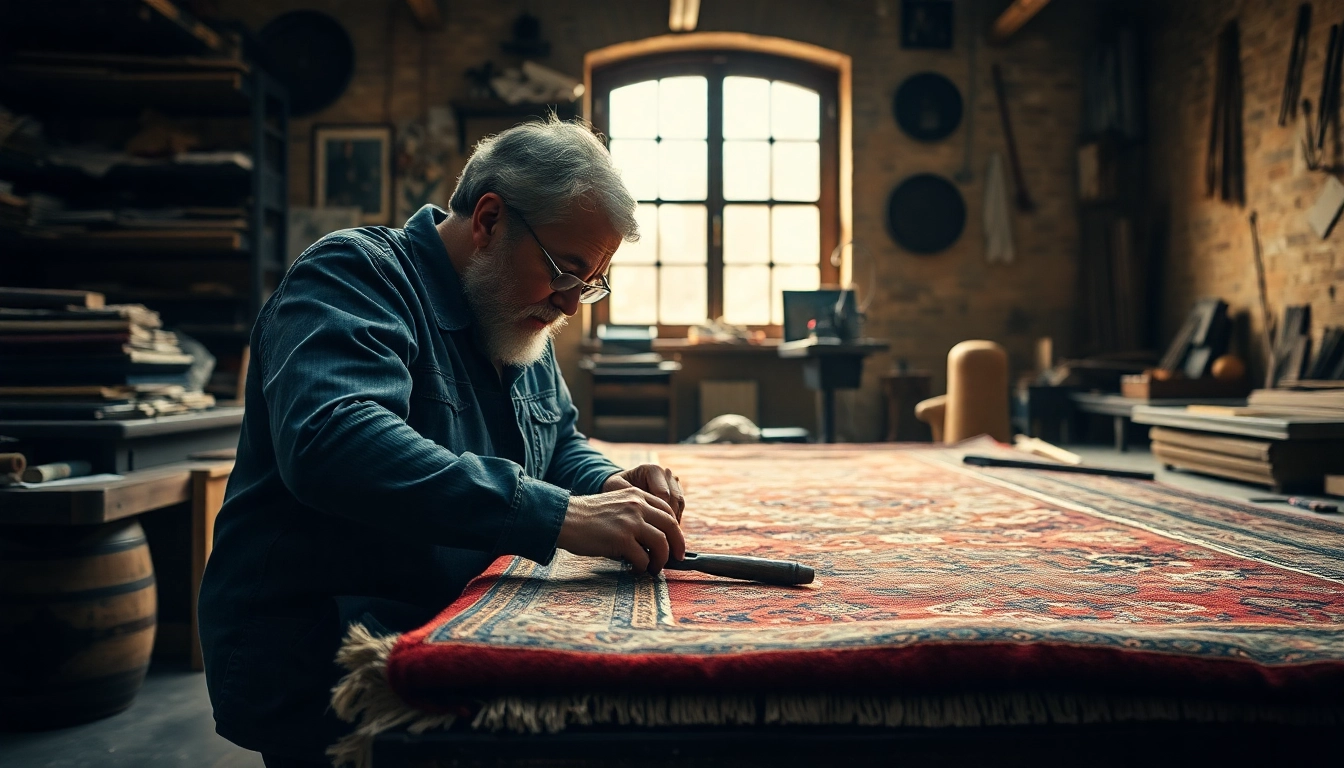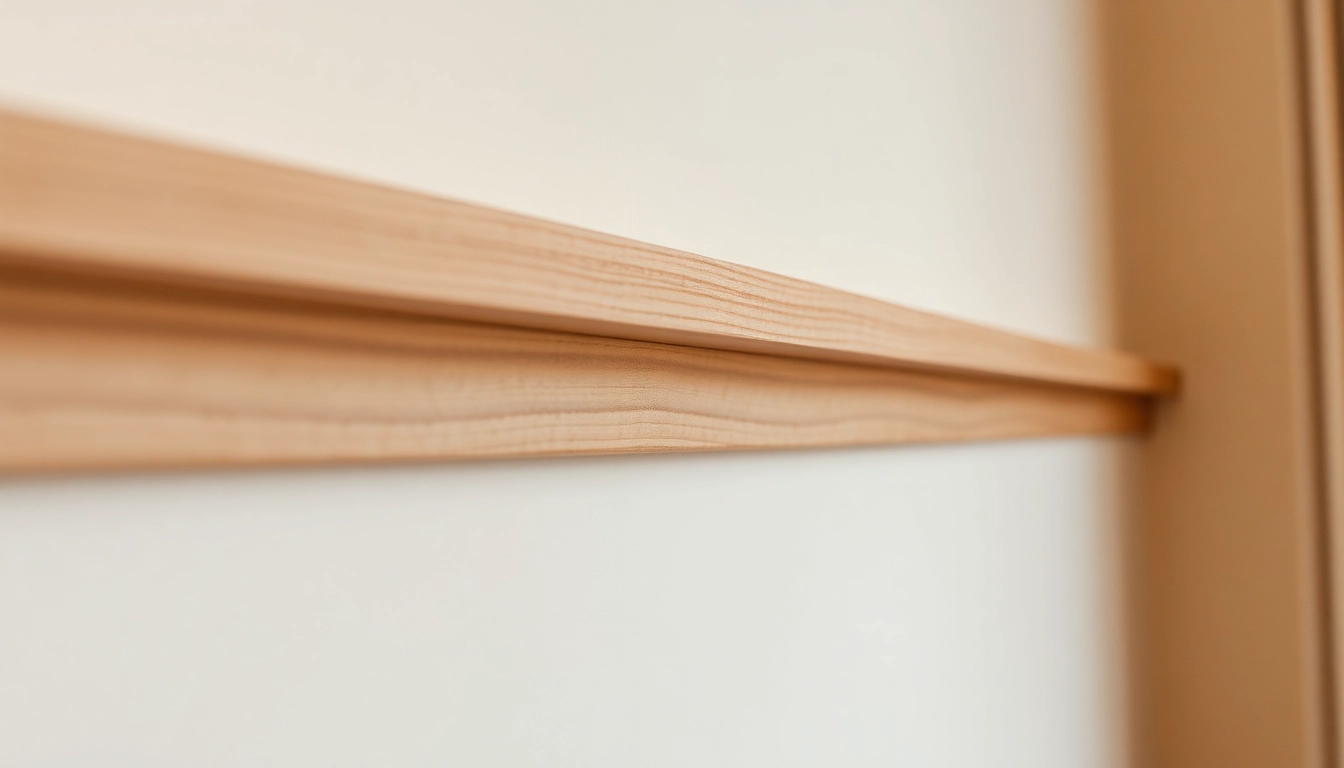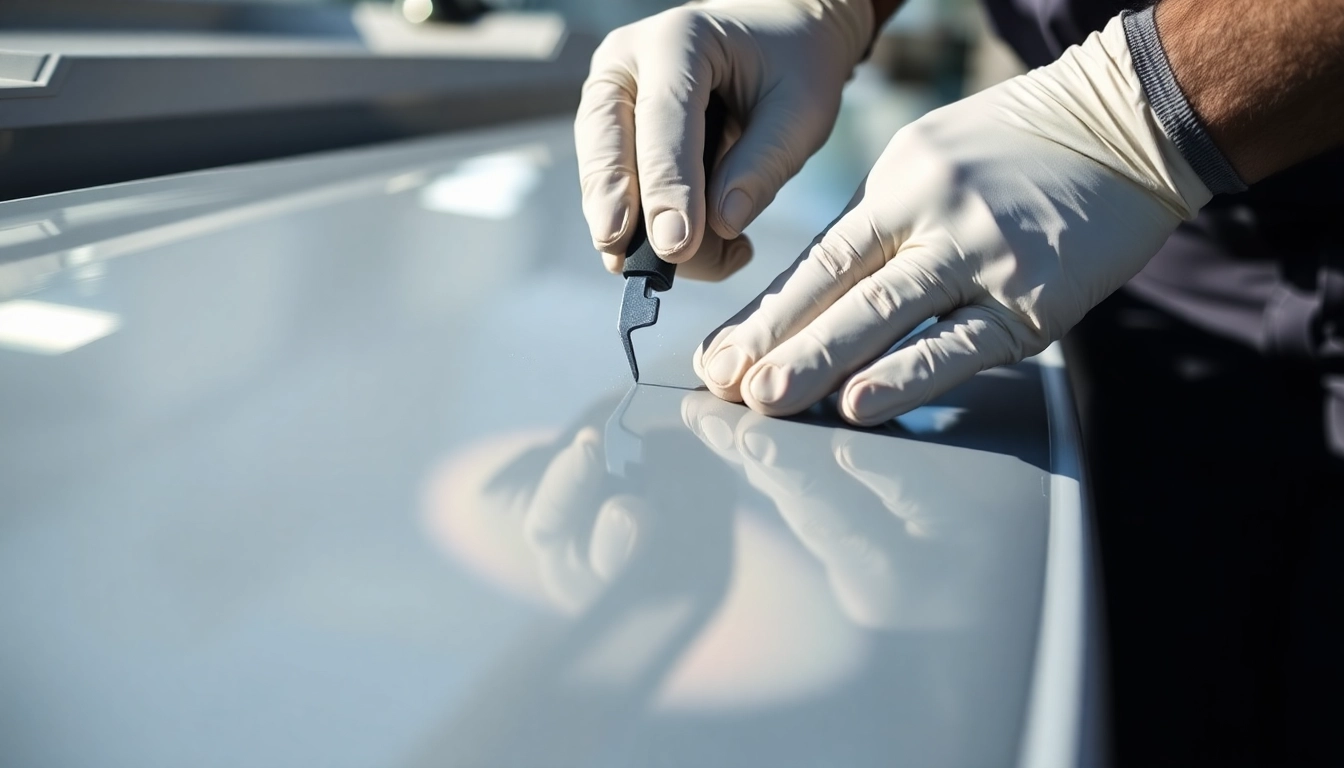Understanding Epoxy Resin Floor Types and Uses
Choosing the right flooring solution is crucial for both aesthetics and durability in various settings. Among the most versatile options available today is the epoxy resin floor. This type of flooring combines strength, chemical resistance, and aesthetic flexibility, making it suitable for commercial, industrial, and residential applications. To fully grasp its potential, it’s essential to understand the different types of epoxy resin floors and their specific uses.
Commercial and Industrial Applications of Epoxy Floors
In commercial and industrial environments, epoxy resin floors are renowned for their robustness. They provide a seamless, chemically resistant surface that withstands heavy machinery, high foot traffic, and frequent cleaning protocols. For example, epoxy floors like the Rockhard USA epoxy kit demonstrate exceptional durability for warehouses and manufacturing facilities.
Moreover, industrial-grade epoxy systems can resist impact, abrasion, and chemical spills, reducing downtime and maintenance costs. They also contribute to safety by providing slip-resistant surfaces and clear delineation through coloring or decorative finishes.
Residential Epoxy Floor Options and Benefits
In homes, epoxy floors have gained popularity for transforming basements, garages, and even living spaces into stylish, functional areas. Residential epoxy offers easy maintenance, resistance to stains, and the potential for custom designs such as marble or metallic effects. For instance, a modern garage can feature a metallic epoxy finish that mimics high-end aesthetics while providing resilience against oil spills and tire marks.
Additionally, epoxy’s seamless surface minimizes dust and allergens, contributing to healthier indoor environments. Its quick installation process and relatively low cost compared to traditional flooring materials make it an attractive choice for homeowners seeking both form and function.
Comparison of Epoxy vs Other Flooring Materials
While epoxy remains a top contender for durability and aesthetics, it’s essential to compare it with other materials such as polished concrete, vinyl, or ceramic tiles. Epoxy tends to outperform in scenarios that demand chemical resistance and impact durability, whereas options like tiles may excel in heat resistance or design variety. Analyzing specific project requirements—such as load-bearing capacity, maintenance ease, and budget—helps determine whether epoxy resin flooring is the optimal choice.
Design Techniques and Aesthetic Customizations
Creating Marble and Metallic Effects with Epoxy
One of the major advantages of epoxy resin floors is their ability to mimic luxurious materials like marble or create eye-catching metallic finishes. Techniques involve layering different epoxy colors and skillful manipulation to achieve veins, swirls, and reflective metal-like surfaces. The result is a high-end look suitable for retail, showrooms, or upscale residential interiors. Online demonstrations, such as the “Simple Epoxy Floor | Classic Marble Look” tutorial, showcase how feasible it is to achieve professional results DIY or via specialists.
Color Selection and Pattern Ideas for Modern Spaces
Customization extends beyond effects to include a vast palette of colors and patterns. Modern spaces often feature monochrome or minimalist color schemes, but epoxy allows for bold accents, geometric patterns, or gradient effects. By integrating contrasting colors or creating gradients, designers can delineate zones or simply add visual interest. Patterned epoxy floors are particularly popular in commercial settings, offering branding opportunities or themed aesthetics.
Incorporating Decorative Flakes and Textures
For additional texture and aesthetic depth, decorative flakes such as quartz or colored chips can be embedded within the epoxy layers. These flakes improve slip resistance, conceal imperfections, and lend a customized finish that ranges from subtle speckles to bold speckled surfaces. Textured epoxy applications further enhance safety in high-traffic or slip-sensitive environments, including industrial kitchens or outdoor areas.
Preparation, Application, and Maintenance
Step-by-Step Guide to Proper Surface Preparation
Successful epoxy flooring begins with meticulous surface preparation. The substrate—usually concrete—must be cleaned thoroughly to remove dust, oil, or previous coatings. Mechanical methods such as shot blasting or grinding are recommended to create a rough profile, ensuring proper adhesion.
Moisture testing is also critical, as excessive moisture can cause delamination. Repair any cracks or surface defects beforehand. Protective measures should include masking edges and applying primers when necessary to improve bonding.
Application Tips for a Flawless Finish
The key to a professional-looking epoxy floor lies in controlled application. Use proper tools—rollers, squeegees, brushes, or sprayers—according to the system specifications. Apply the epoxy in thin, even coats, avoiding over-application that can lead to bubbles or uneven curing.
Maintaining optimal environmental conditions (temperature, humidity) during application and curing phases is also crucial. Multiple coats may be necessary for desired thickness and durability, especially for commercial or industrial uses.
Routine Maintenance to Extend Flooring Longevity
Once installed, epoxy floors require minimal maintenance. Regular sweeping and damp mopping with mild detergents preserve their appearance and prevent grit accumulation. Promptly addressing spills—especially chemicals or oils—limits staining and surface degradation.
Periodic re-coating or applying a protective sealant can restore gloss and sealants, extending the lifespan of the epoxy surface. In high-traffic areas, inspecting for chips or cracks and repairing promptly ensures the continuous performance of the floor.
Choosing the Right Epoxy Resin Floor System
Industrial Grade vs Residential Systems
Industrial epoxy systems are formulated to withstand harsher environments—chemical exposure, heavy impact, and intense wear—making them suitable for factories and warehouses. These systems often feature higher solids content and specialized additives.
Residential systems prioritize aesthetics and ease of installation, often with decorative options. They are generally lower in chemical resistance but sufficient for garages, basements, and living areas. Selecting the appropriate system depends on specific needs, load requirements, and budget constraints.
Factors Influencing Price and Installation Time
Cost factors include epoxy type, surface preparation complexity, size of the area, and desired finish. High-performance, industrial-grade epoxies tend to cost more but offer superior durability.
Installation time varies based on surface condition, system thickness, and curing times—typically ranging from a couple of days to a week for comprehensive projects. Proper planning ensures minimal disruption, especially in commercial spaces.
Top Brands and Product Recommendations
Reputable brands like Stone Coat, EPODEX, and Sherwin-Williams provide high-quality epoxy flooring products. For example, Stone Coat offers durable systems with chemical resistance, suitable for garages and basements. EPODEX’s kits are popular for DIY projects, combining ease of use with professional results.
Consulting with experts and reviewing product datasheets helps identify the best solutions tailored to your application.
Performance, Durability, and Troubleshooting
Enhancing Chemical and Impact Resistance
To maximize longevity, select epoxy formulations with advanced additives that improve chemical, impact, and UV resistance. Incorporate anti-scratch topcoats or anti-slip additives based on the environment. Regular maintenance and prompt repairs also prevent minor issues from escalating.
Common Application Challenges and Solutions
Challenges include bubbling, uneven curing, discoloration, or surface peeling. Causes often stem from improper surface prep, environmental conditions, or application errors. Solutions involve thorough surface cleaning, controlling ambient conditions, and ensuring correct mixing ratios and application techniques.
Long-Term Performance and Refurbishing Tips
Over time, epoxies may experience wear or UV degradation. Light surface scuffs can be refinished by cleaning and applying a new topcoat. For severely damaged floors, abrasive polishing or complete re-coating may be necessary. Preventive measures like UV-resistant coatings and protective sealants will help extend the lifespan of epoxy floors.
